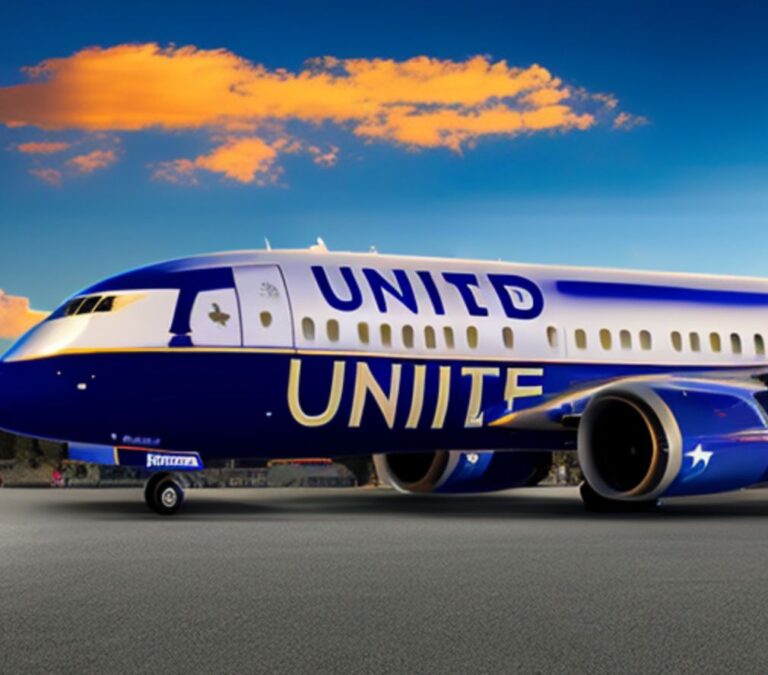History
Air Koryo, formerly known as Chosonminhang, was established in 1950, primarily to connect Pyongyang, North Korea’s capital, with Moscow, Russia. Initially operated by the Soviet Union, the airline came under North Korean control in 1954. It was renamed Air Koryo in 1993, and to this day remains North Korea’s only operating airline, with its hub at Pyongyang’s Sunan International Airport.
Fleet and Operations
Air Koryo’s fleet primarily consists of aging Russian-built aircraft. As of my knowledge cutoff in September 2021, the airline has a fleet of approximately 15 aircraft, mainly comprising Tupolev and Antonov planes. Due to international sanctions and safety concerns, these aircraft are generally not permitted to fly into the airspace of the European Union, making Air Koryo’s operational range quite limited.
Despite these limitations, Air Koryo manages to maintain a domestic network, connecting Pyongyang with major cities within North Korea. Additionally, the airline operates a handful of international routes, primarily to China and Russia, although these services are sporadic and heavily dependent on diplomatic relations between the countries.
Comparisons and Context
It’s worthwhile to put Air Koryo in context by comparing it with other airlines worldwide.
When juxtaposed with Hawaiian Airlines, a renowned carrier in the Pacific region, Air Koryo appears quite unique. Where Hawaiian is known for its hospitality and lush island scenery, Air Koryo’s operations reflect the unique political and economic conditions of North Korea.
In terms of service quality and offerings, Air Koryo falls short when compared to Singapore Airlines, which is known for its top-tier service, state-of-the-art fleet, and extensive network. Singapore Airlines is a global benchmark for quality in the industry, and while Air Koryo operates in a vastly different context, the disparity in service quality is marked.
The style and branding of Air Koryo stand in stark contrast to that of Virgin Atlantic. Virgin Atlantic is known for its trendy, customer-centric approach, while Air Koryo’s branding is heavily influenced by North Korean state ideology, emphasizing national pride and self-reliance.
In comparison to Qatar Airways, another airline representing a nation with a single major carrier, Air Koryo’s fleet and service offering is vastly different. Qatar Airways boasts a modern fleet and has an extensive network spanning across continents. Its commitment to luxury and comfort is well known, unlike Air Koryo’s spartan and utilitarian approach.
Compared to Pakistan International Airlines, both airlines share some common struggles like ageing fleets and limited international operations. However, Pakistan International Airlines has a wider global network and faces less political and sanction-related restrictions than Air Koryo.
Finally, when compared with Ryanair, a budget airline, it’s noteworthy to consider that while Ryanair operates on a low-cost model to provide affordable travel for many, Air Koryo’s model isn’t driven by commercial factors but by national policy and diplomatic relations.
Air Koryo in the Modern Era
Despite the challenges it faces due to international sanctions and North Korea’s
isolationist policies, Air Koryo has managed to carve out a niche for itself in the aviation industry. While not recognized for the luxury or service typically associated with aviation’s global leaders, it offers a unique travel experience emblematic of North Korean society and culture. Visitors who have been able to fly Air Koryo, typically on guided tours of North Korea, have remarked on the unique nature of the experience, which includes state-distributed newspapers and in-flight meals that align with local tastes.
The airline’s history, operations, and the cultural significance are deeply interwoven with the identity of North Korea itself, and it plays a vital role in connecting the nation with the outside world. Air Koryo’s existence and operation are a testament to its resilience and adaptability in the face of external political pressures and constraints.
Future Outlook
Given the uncertainty surrounding North Korea’s diplomatic relationships and its economic climate, the future of Air Koryo is similarly uncertain. Nevertheless, the airline remains a critical national asset and will likely continue to adapt to the evolving circumstances.
Should North Korea’s international relations change or sanctions be relaxed, Air Koryo could potentially see an opportunity to modernize its fleet and expand its operations. While it might never become a global aviation leader like Singapore Airlines or Qatar Airways, it could very well play an essential role in opening up North Korea to the world.
In conclusion, Air Koryo offers a fascinating case study in aviation, where the airline’s operations reflect the unique political, economic, and social landscape of its homeland. While its fleet and services may not compare to some of the world’s premier airlines, its distinct character and resilience make it a unique entity in the world of air travel.


